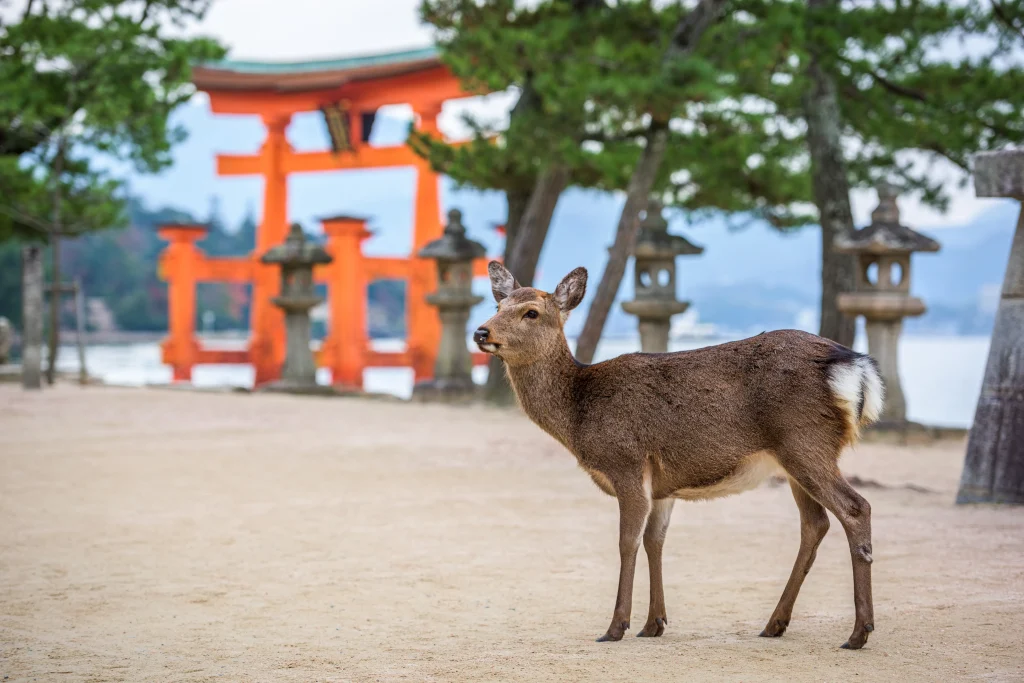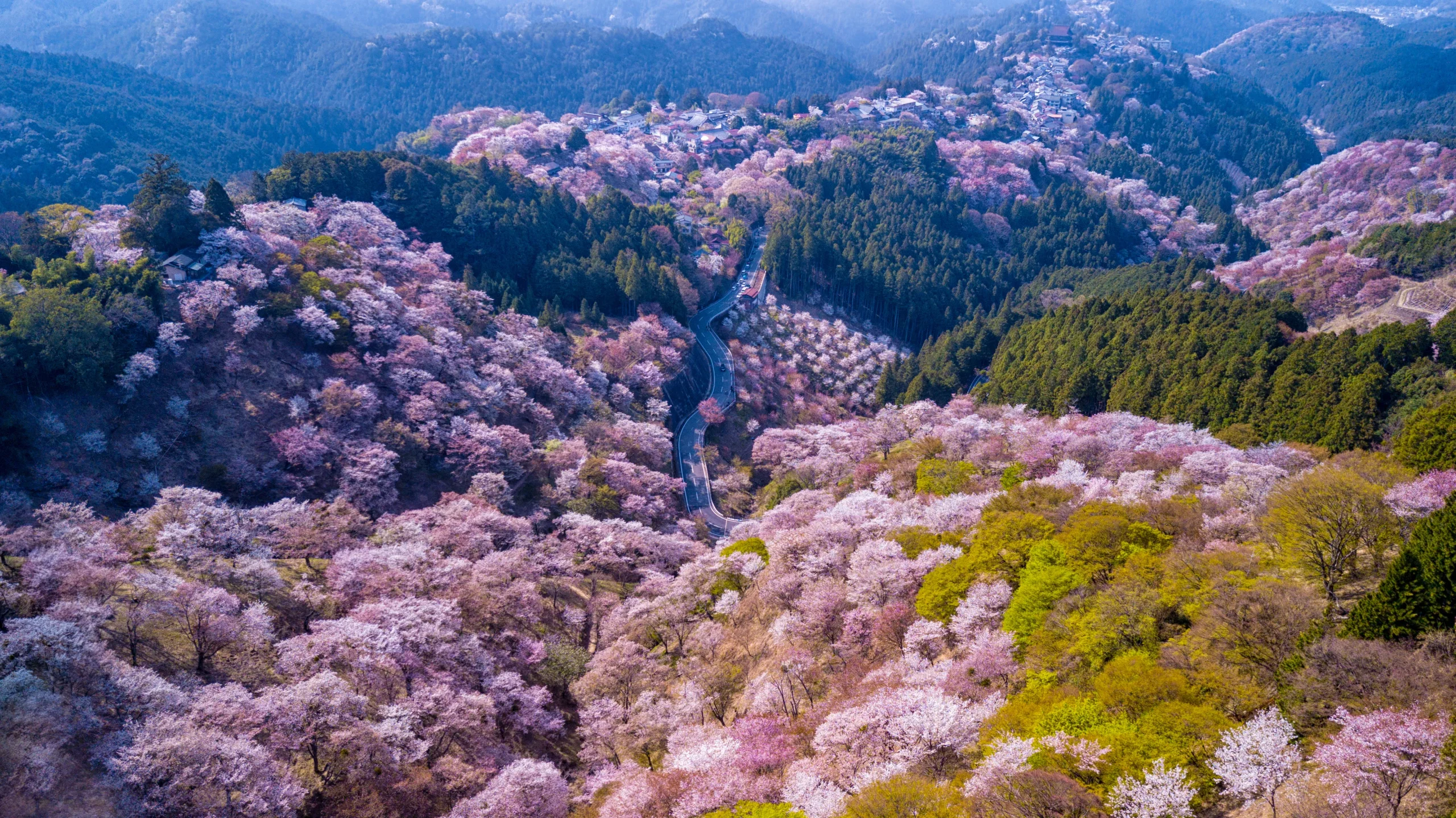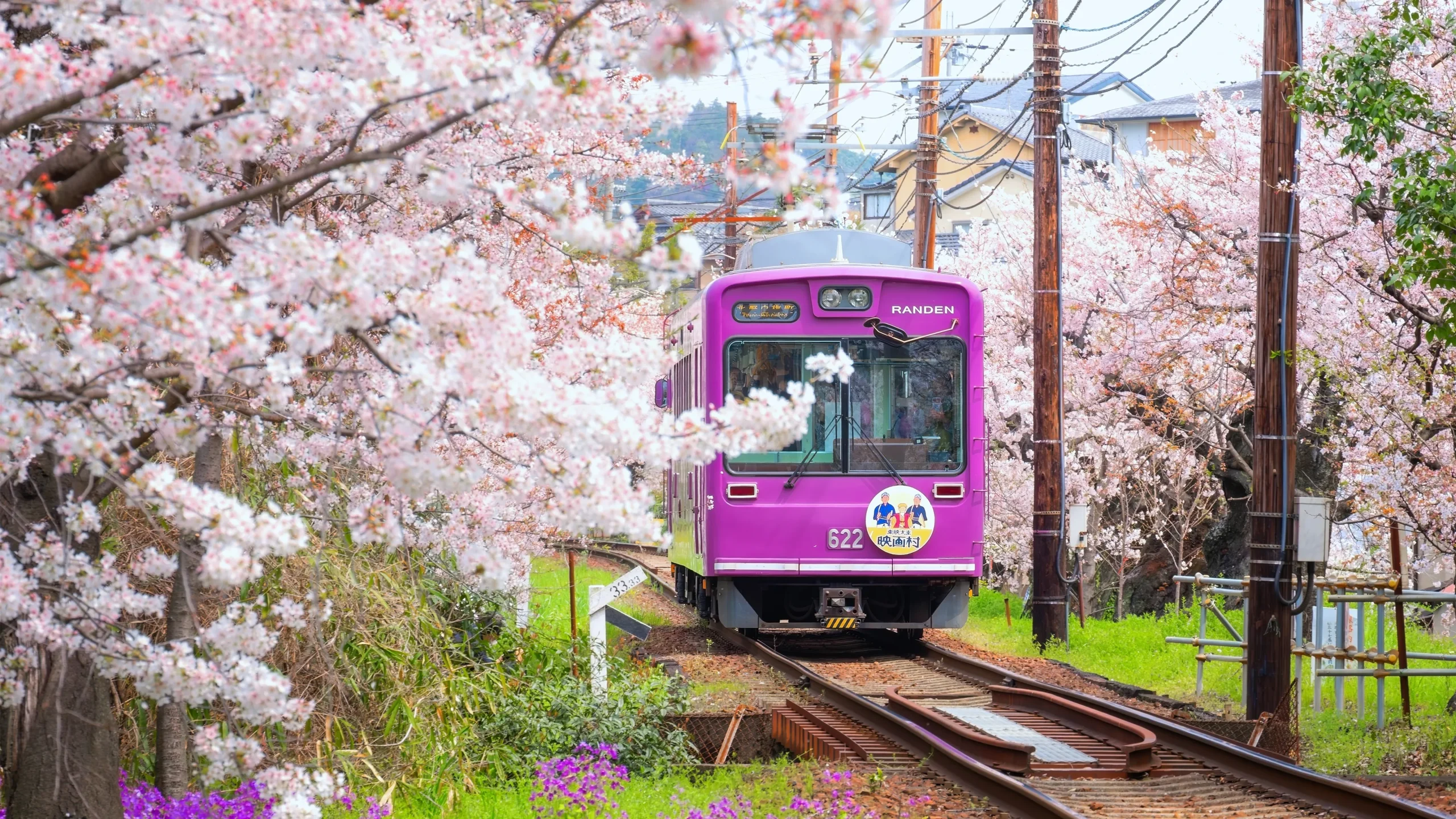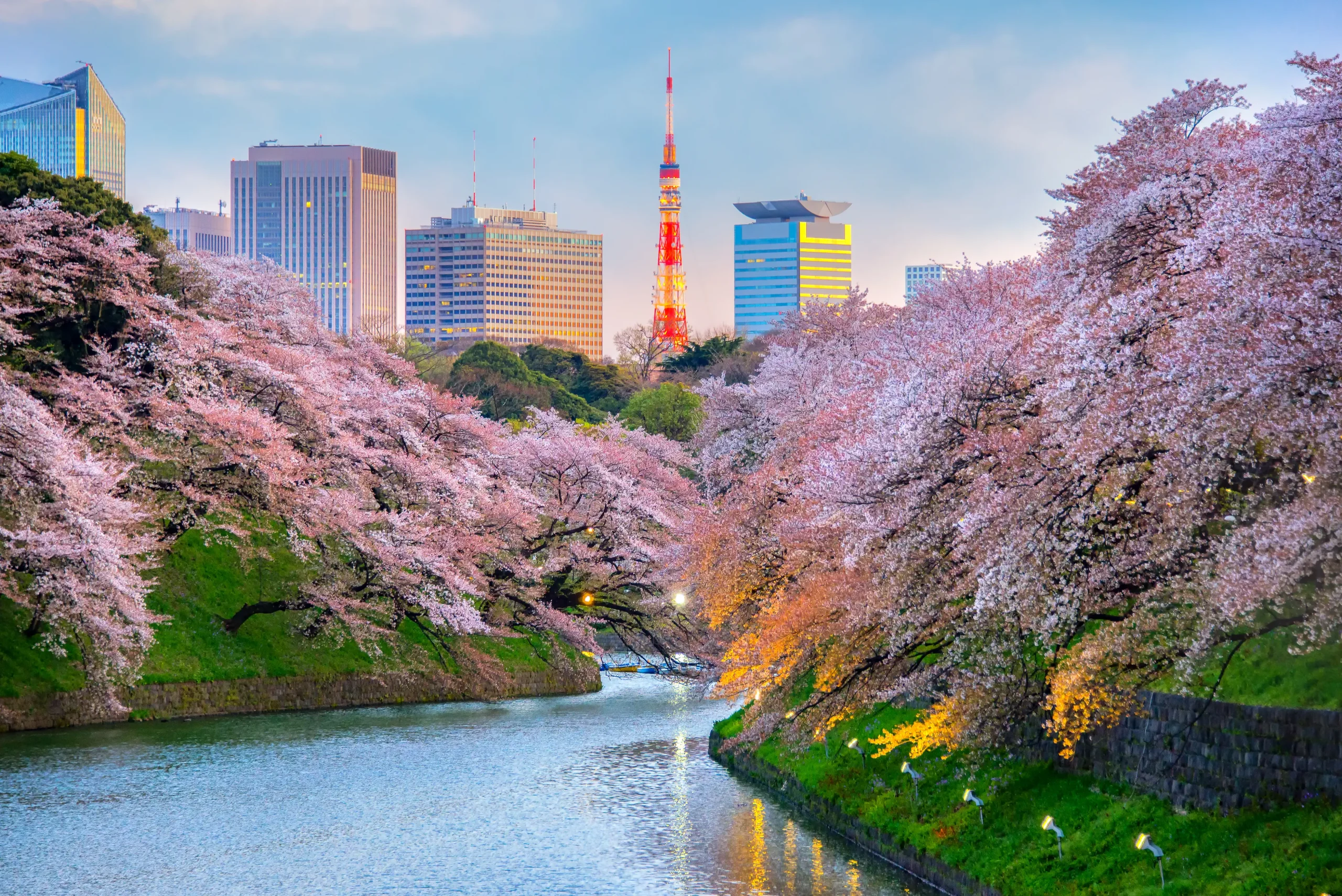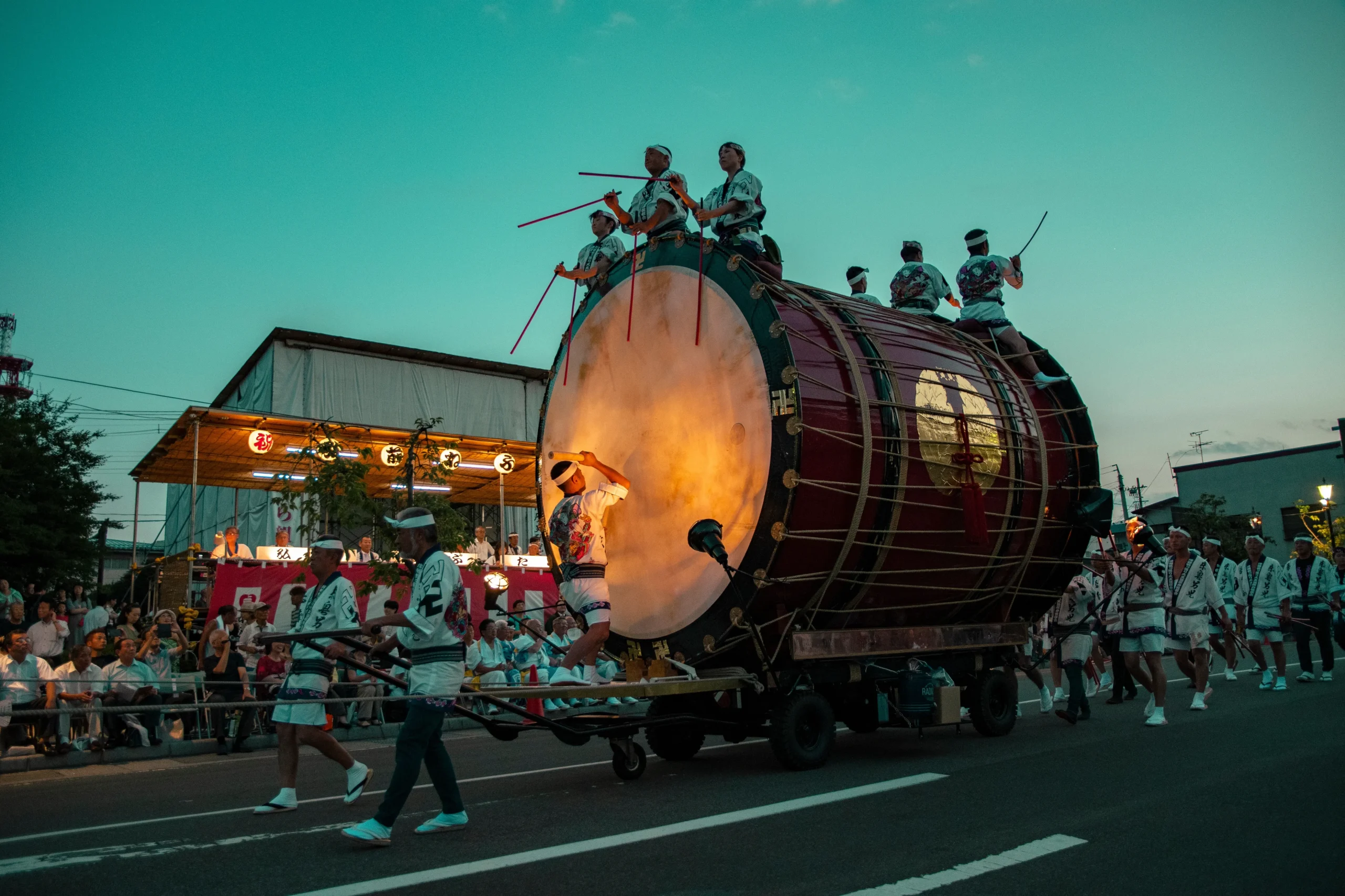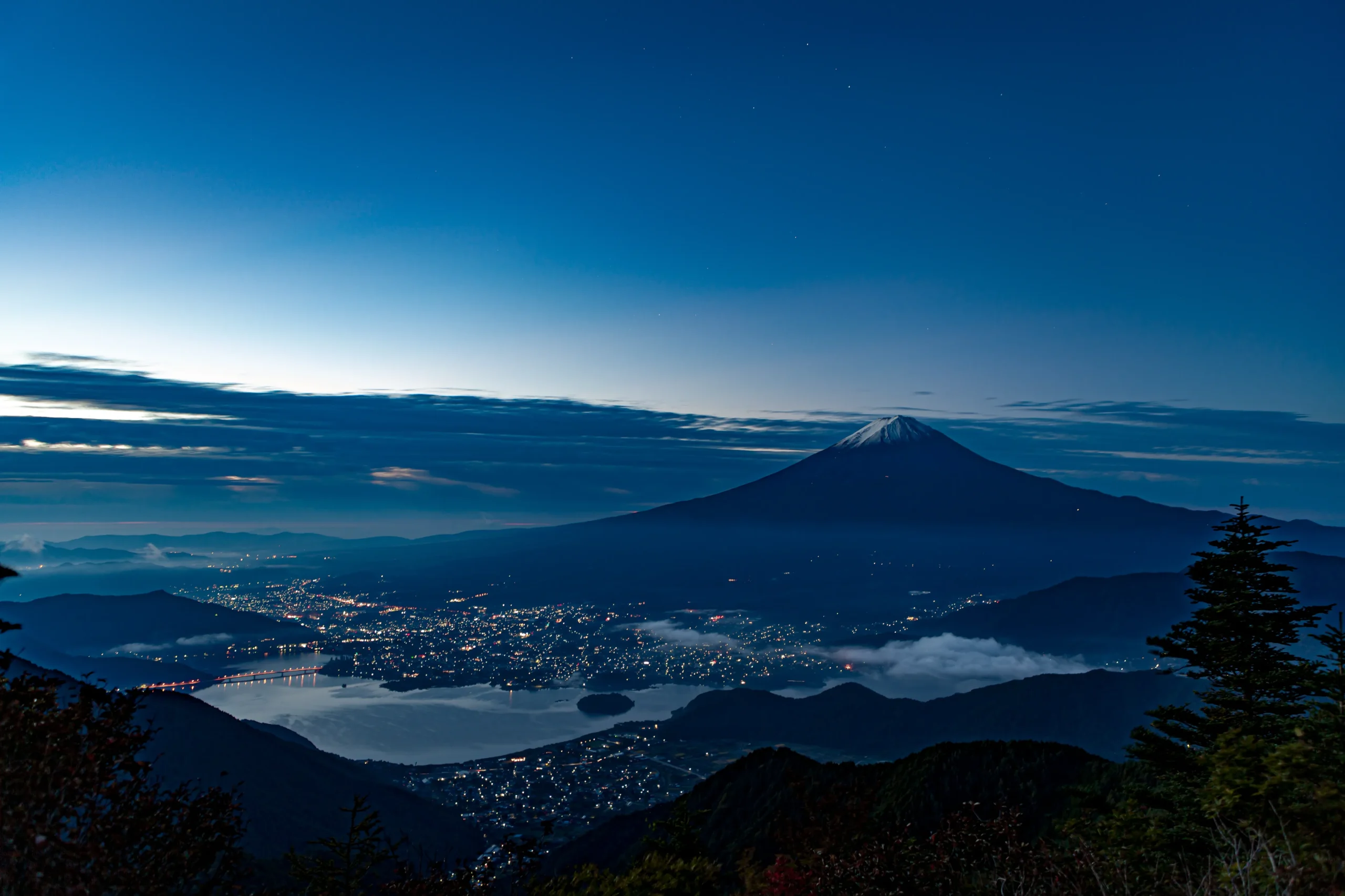Visiting Japan for the first time? Wondering where to go, what culture to experience, and what local foods to try? Japan offers breathtaking nature, historic architecture, traditional culture that engages all five senses, and regionally distinctive food and relaxation. In this article, we’ll explore Japan’s charm from four perspectives: “See,” “Experience,” “Taste,” and “Relax.”
Visit Scenic Spots to View Mt. Fuji
Standing at 3,776 meters (12,388 feet), Mt. Fuji is the tallest mountain in Japan, rising along the border of Yamanashi and Shizuoka prefectures. Long revered as a sacred mountain where deities reside, Mt. Fuji has been depicted in countless works of art and poetry. Due to its profound cultural significance, it was registered as a UNESCO World Heritage Site in 2013. While the official climbing season runs from July to early September, its graceful conical shape and sweeping foothills are so striking that simply viewing the mountain is a memorable experience in itself.
Below are two breathtaking spots where you can enjoy spectacular views of Mt. Fuji.
Suruga Bay Ferry | Shizuoka

The Suruga Bay Ferry connects Shimizu Port in Shizuoka City to Toi Port in Izu City in roughly 90 minutes. This ferry offers the unique experience of seeing Mt. Fuji rises majestically from across the sea. The cruise itself is a calming break, and Mt. Fuji’s changing appearance throughout the ride ensures there’s never a dull moment. Upon arrival in Izu, you’ll find onsen (hot springs) and sightseeing spots that enhance the journey beyond the view.
Arakurayama Sengen Park | Yamanashi
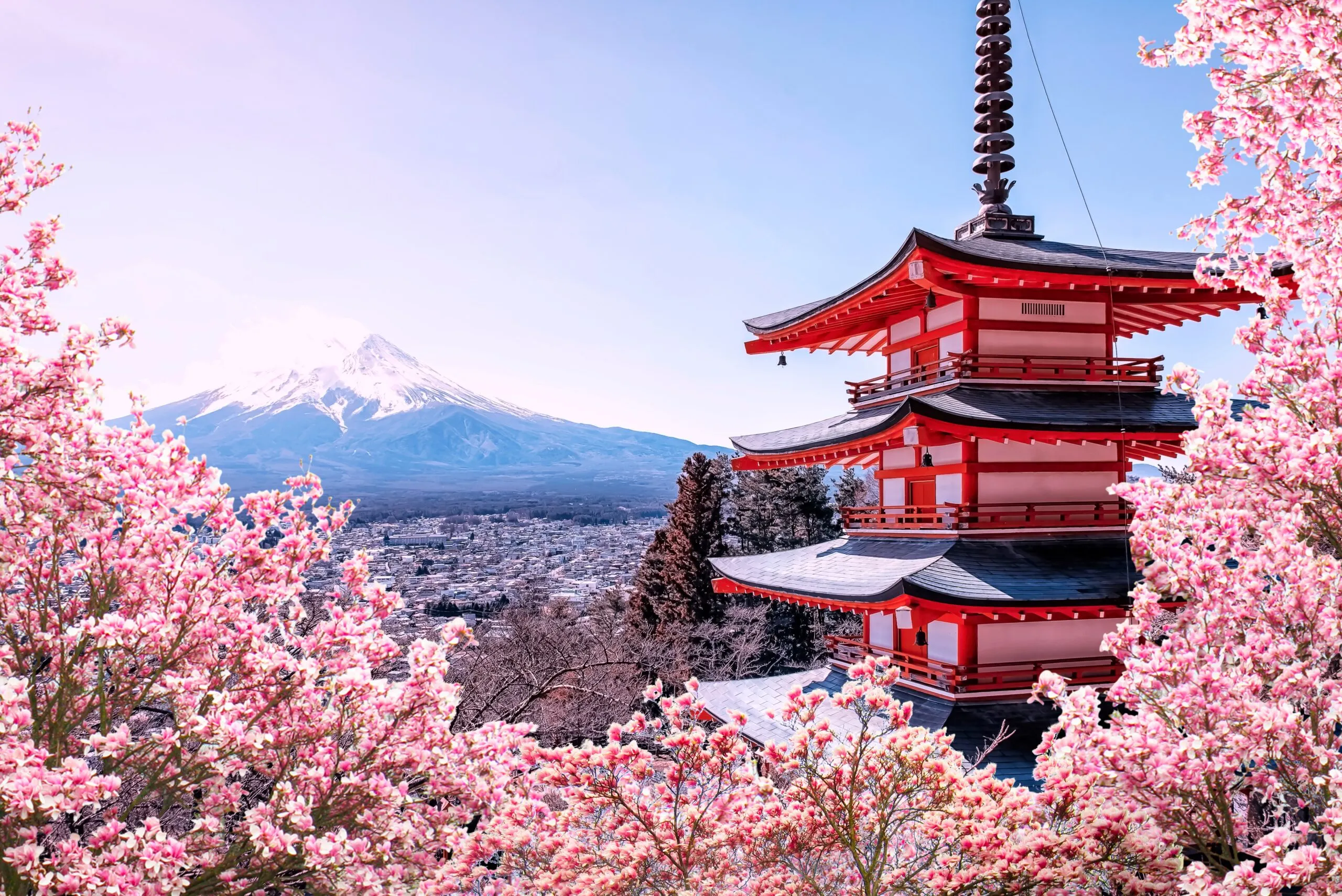
Located in Fujiyoshida City, Yamanashi, Arakurayama Sengen Park is a renowned viewpoint where visitors can see Mt. Fuji is framed by a stunning five-story pagoda—an image cherished both in Japan and abroad. From the scenic observation deck, you can see Mt. Fuji rising behind the vivid red pagoda, with cherry blossoms in full bloom during spring—like stepping into a living painting. To reach the viewpoint, you’ll climb the 398-step Sakuya-hime Staircase (named after a goddess associated with Mt. Fuji), but the reward is a panoramic view that perfectly encapsulates the beauty of Japan.
Visit Shrines and Temples
As you travel through Japan, you’re bound to come across many shrines and temples.
Shrines are part of Shintō, an indigenous religion of Japan, where countless kami (spirits or deities) are enshrined. Since ancient times, the Japanese have believed that spirits reside in every aspect of nature—trees, flowers, oceans, and mountains. These countless spirits are collectively referred to as yaoyorozu no kami (eight million gods). Temples, on the other hand, belong to Buddhism. There, you’ll often find butsuzō (Buddhist statues) representing various Buddhas, which you can see in physical form. This is one of the key differences between shrines and temples—deities at shrines are typically not represented in visible form.
The way visitors offer prayers also differs. At shrines, the basic ritual is “two bows, two claps, one bow.” After offering a coin, you bow twice, clap your hands twice, then bow once more. At temples, it’s customary to offer a coin, quietly place your hands together in prayer (gasshō), and bow once—clapping is not performed.
When visiting these sacred sites, it’s important to respect the religious customs.
Kiyomizu-dera Temple | Kyoto
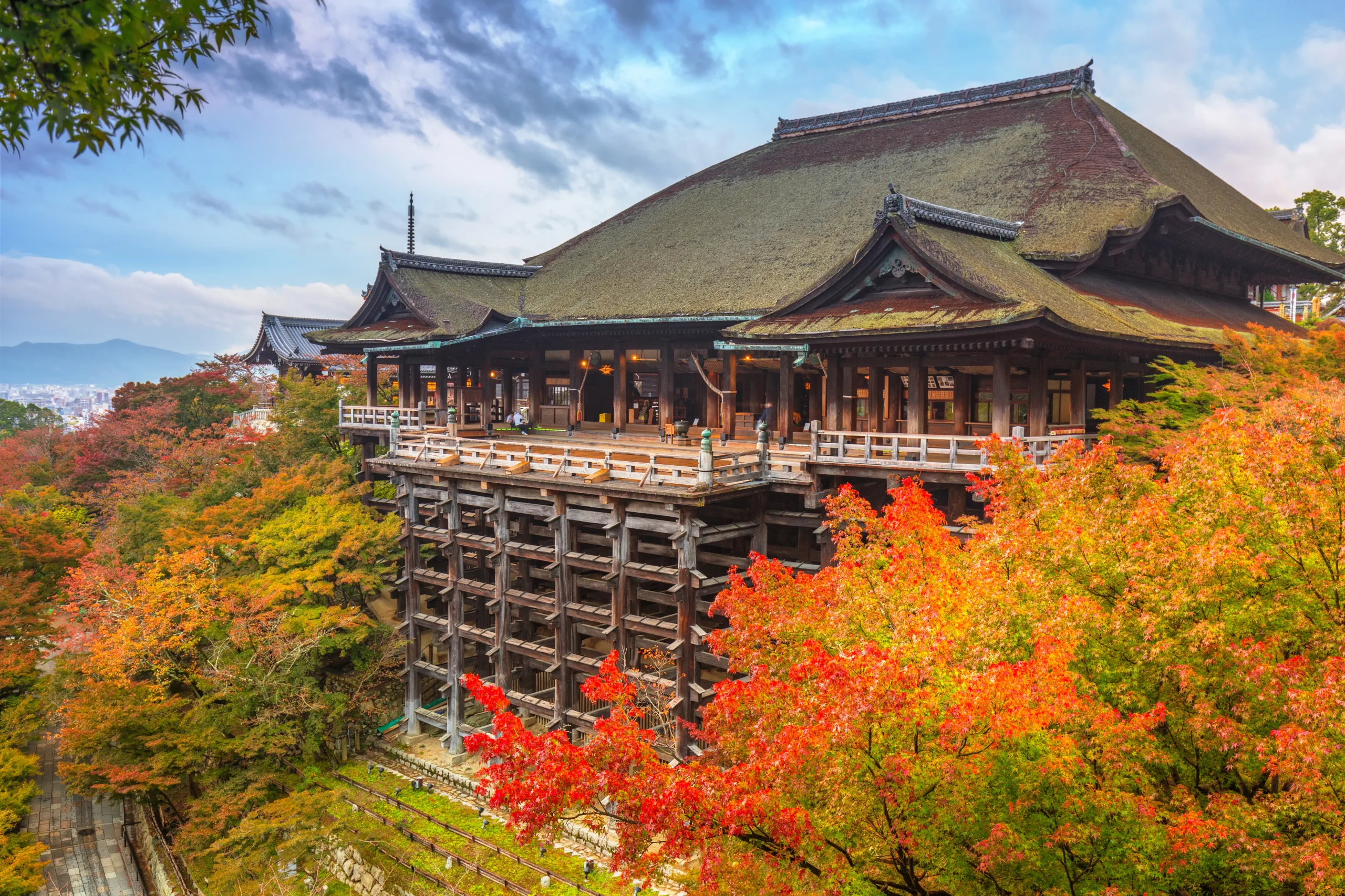
Kiyomizu-dera, a temple in Kyoto with over 1,200 years of history, is listed as a UNESCO World Heritage Site.
One of its most iconic features is the Kiyomizu Stage, a large wooden veranda that juts out over a cliff—from about 13 meters (43 feet) above ground, it offers a panoramic view of Kyoto, especially breathtaking during cherry blossom season in spring and the colorful foliage of autumn. This stage is also the origin of the Japanese saying “to jump off the stage at Kiyomizu,” meaning to make a bold, life-changing decision—because that’s how high and courageous it feels.
Surrounding the main hall are many buildings and statues designated as National Treasures and Important Cultural Properties. The expansive temple grounds also feature peaceful gardens that reflect Buddhist philosophy through the beauty and stillness of each season. Kiyomizu-dera is a perfect harmony of history, culture, and nature—an essential stop when visiting Kyoto.
Itsukushima Shrine | Hiroshima
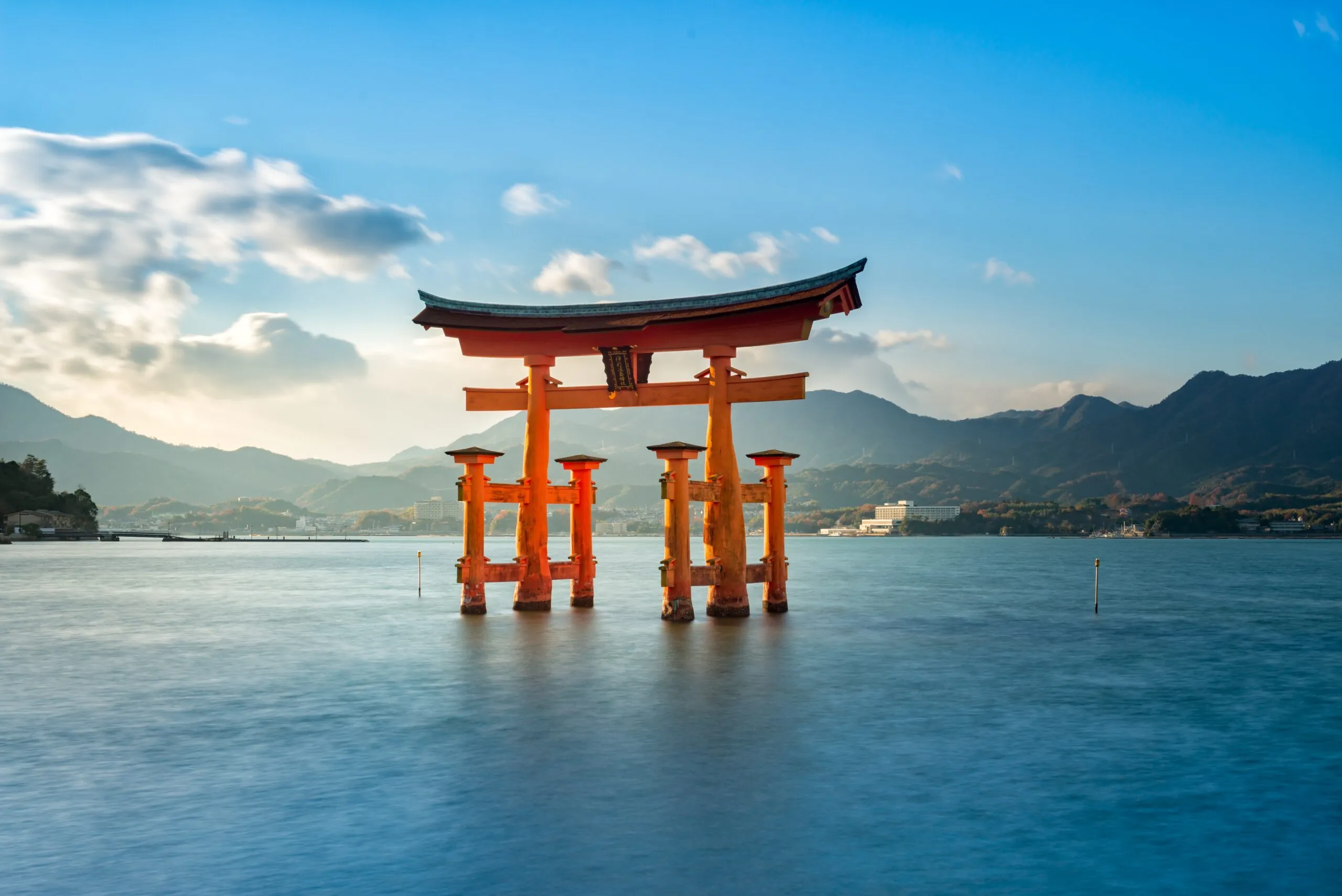
Itsukushima Shrine is located on Miyajima, an island floating in Hiroshima’s Seto Inland Sea, and is renowned for its mystical beauty. The shrine is most famous for its torii gate and buildings, which appear to float on the sea depending on the tide. It was designated a UNESCO World Heritage Site in 1996. Visitors can walk along the vivid vermilion hallways, experiencing a tranquility and elegance that feels like stepping back to the Heian period (794–1185). Since the shrine is built over water, the views differ dramatically between high and low tide, adding to its unique charm.
Miyajima is also known as one of the Nihon Sankei (Three Scenic Views of Japan) and has long been cherished as an “island of scenic beauty.” You may also encounter friendly wild Nihon-jika (Japanese deer), regarded as messengers of the gods, who often approach visitors without hesitation. Itsukushima Shrine is a sacred site where nature, culture, and spirituality come together. It’s the perfect place to experience Japan’s timeless beauty.
Experience Traditional Culture
Ninja & Samurai
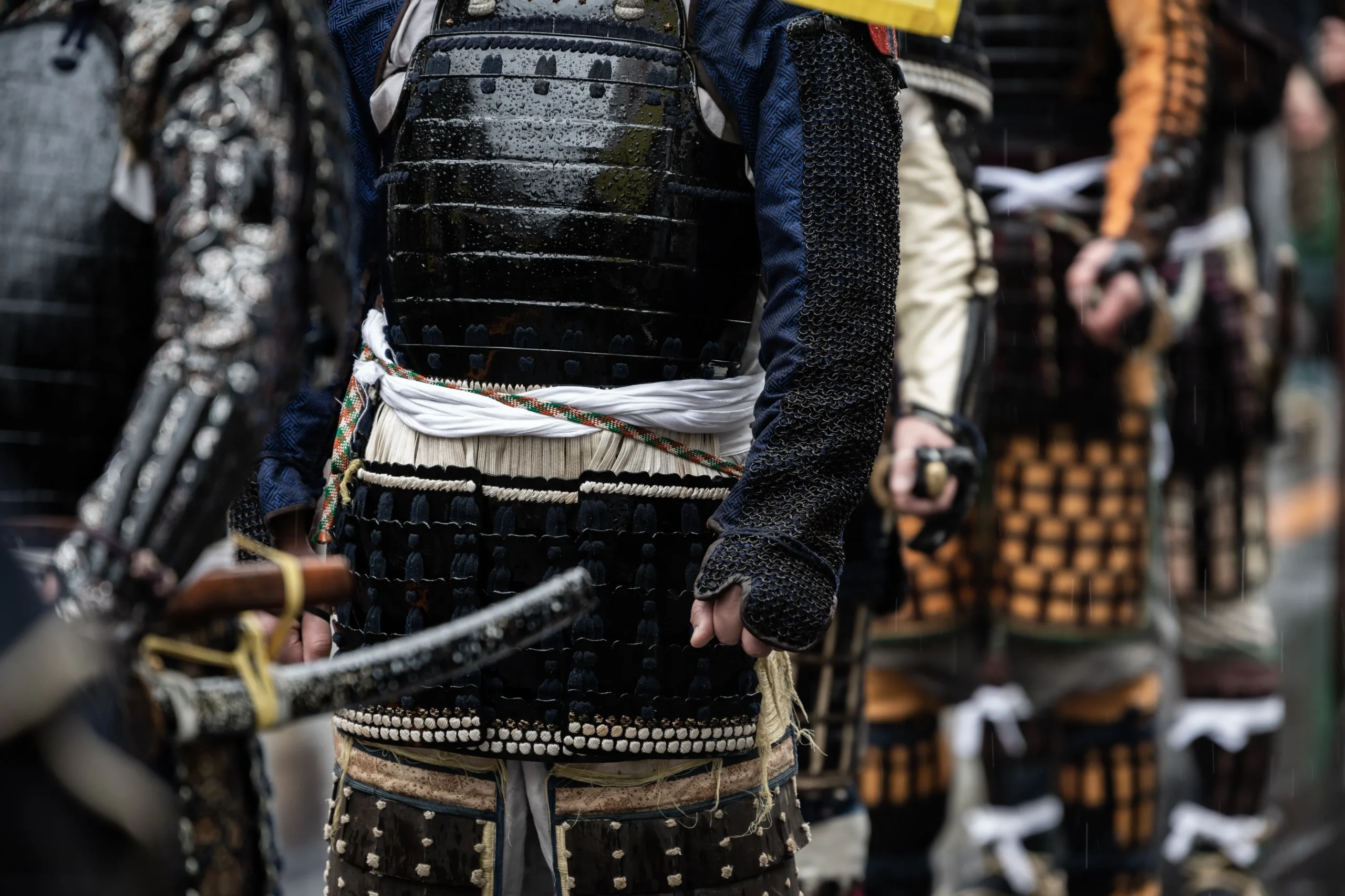
The Samurai and Ninja Museum, located in Tokyo and Kyoto, offers a unique opportunity to see, touch, and experience the world of samurai and ninja from ancient times through the Edo period. Inside, you’ll find real armor, swords, and secret ninja tools, giving you a vivid look at Japan’s sengoku (warring states) era culture. You can even try on samurai armor or ninja costumes for photos—an experience that appeals to both kids and adults. There are also workshops on sword stances and ninja walking, making it more than a museum—it’s a place to fully immerse yourself in character.
Geisha & Maiko
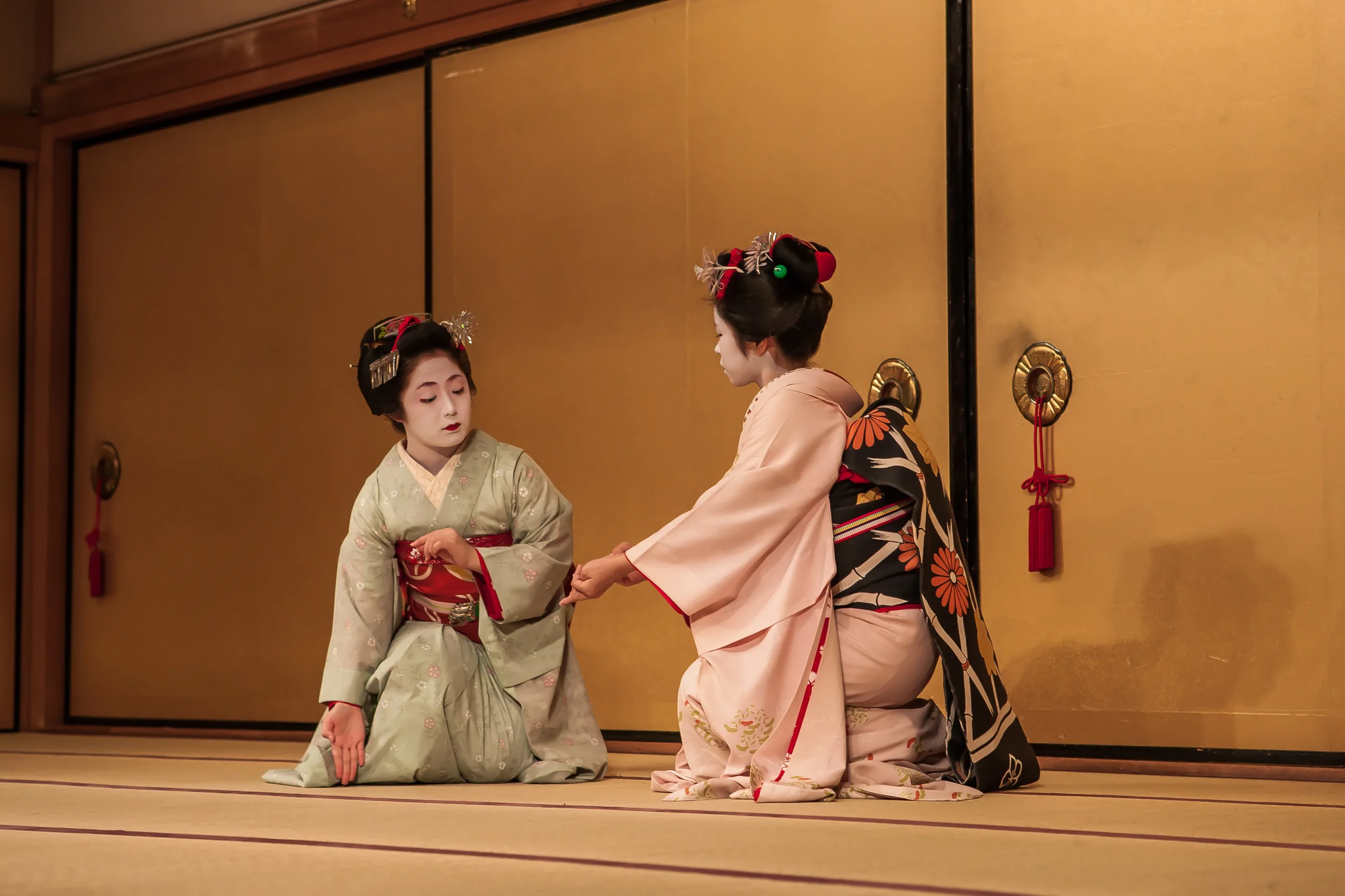
In Gion (Kyoto) and Kanazawa (Ishikawa), the traditional arts and culture of maiko (apprentice geisha) and geisha continue to be passed down. Though often admired from afar, there are specialty studios where you can transform into a maiko or geisha yourself. You’ll experience authentic kimono dressing, traditional white makeup, and wig styling, making you feel as though you’ve stepped into the Edo period. Afterward, you can stroll through historic streets or take photos—perfect for creating unforgettable memories.
Taste Japanese Cuisine
Tsukiji Market | Tokyo

Tsukiji Market in Tokyo is a premier food destination, offering everything from fresh sushi and seafood bowls to tempura, ramen, and traditional sweets. As you stroll through the bustling alleys, you can savor local flavors while soaking in the lively atmosphere that makes the market so appealing. From early morning, the area comes alive with crowds of tourists and locals, as energetic vendors call out from their stalls. For the best experience, visit in the morning—perfect for food-hopping while admiring the colorful displays of fresh seafood. Some famous sushi spots attract long lines, but the taste and overall experience are well worth the wait.
Shinsekai District | Osaka
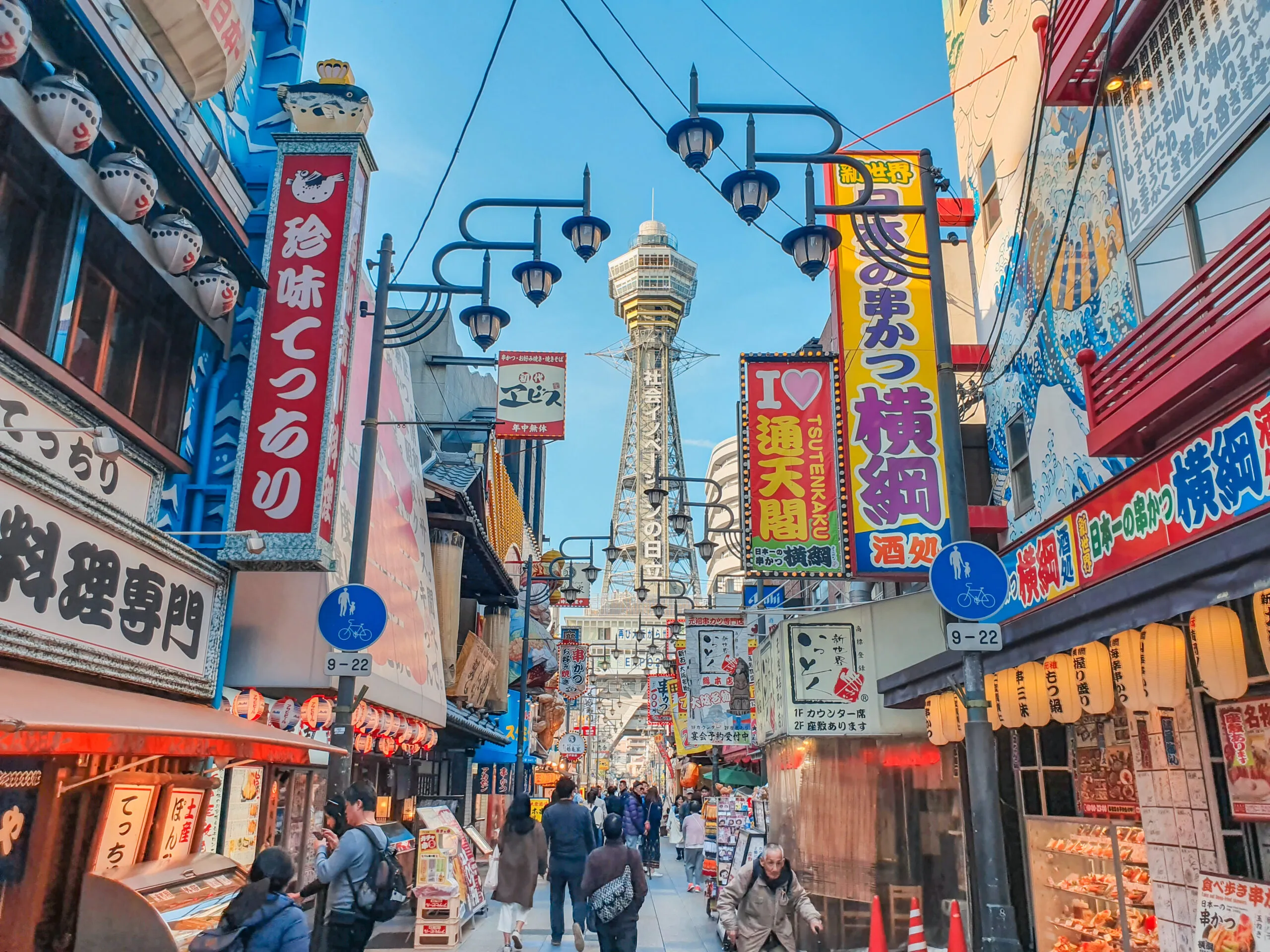
For regional Japanese cuisine, take a walk through Shinsekai, a lively entertainment district in Osaka. It’s known as a “deep food haven” where you can casually enjoy Kansai staples like kushikatsu, okonomiyaki, and takoyaki. The area exudes a nostalgic Shōwa-era vibe, with vintage arcades and old-school shooting games. Nearby, you’ll find Tsūtenkaku Tower and the bustling Dōtonbori shopping street. It’s a great place to eat, explore, and soak in Osaka’s unique atmosphere.
Relax in a Hot Spring
After sightseeing and enjoying local cuisine, soaking in a hot spring is a great way to unwind. Here are some of Japan’s most scenic and charming hot spring towns where you can relax and recharge.
Kawaguchiko Onsen | Yamanashi

On the north side of Mt. Fuji lies a group of five beautiful lakes known as the Fuji Five Lakes. Formed by volcanic activity, they are part of the Mt. Fuji World Heritage Site. Among them, Lake Kawaguchi is the most popular. Along its shore are about 20 inns and hotels, where visitors can enjoy Kawaguchiko Onsen—an open-air bath with front-row views of Mt. Fuji.
On clear days, you can soak while gazing at the magnificent Mt. Fuji—like stepping into a real-life painting.
Nearby, you’ll find Ōishi Park, famous for its upside-down reflection of Mt. Fuji on the lake, and Fuji-Q Highland, a popular theme park full of thrilling attractions. This is an ideal base for Mt. Fuji tourism, offering nature, hot springs, and activities all in one place.
Kinosaki Onsen | Hyōgo

Kinosaki Onsen in Hyōgo Prefecture is one of Japan’s most beloved hot spring towns, with a history stretching back over 1,300 years. The town preserves its traditional charm, and strolling through its streets in a yukata is an essential part of the experience. Its most iconic attraction is the soto-yu meguri—a tour of seven distinctive public baths, each with its own unique architecture and healing properties. Guests staying at local inns receive a special pass that grants unlimited access to all seven baths. At the town’s entrance, you’ll find lively street food stalls, quaint souvenir shops, and nostalgic retro arcades—perfect for a relaxing evening walk after your soak.
Summary
From the towering beauty of Mt. Fuji to ancient shrines and temples, hands-on cultural experiences, local street foods, and soothing hot springs—Japan offers a journey for all your senses. Whether you’re admiring the view, immersing yourself in tradition, tasting something new, or simply relaxing, each moment becomes part of a richer story. We hope this guide inspires you to discover the unique experiences that make Japan unforgettable.
